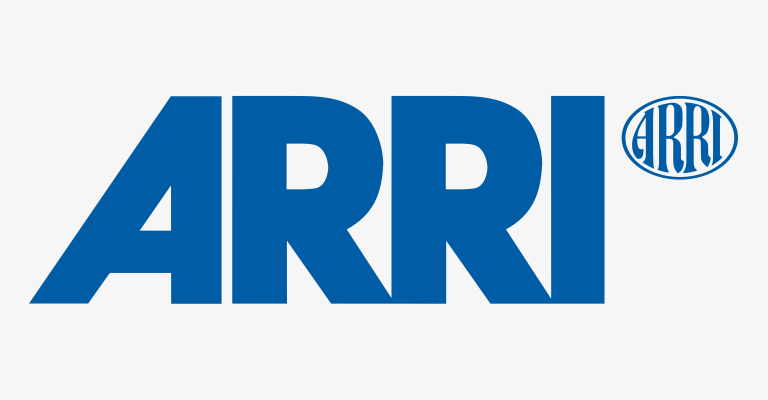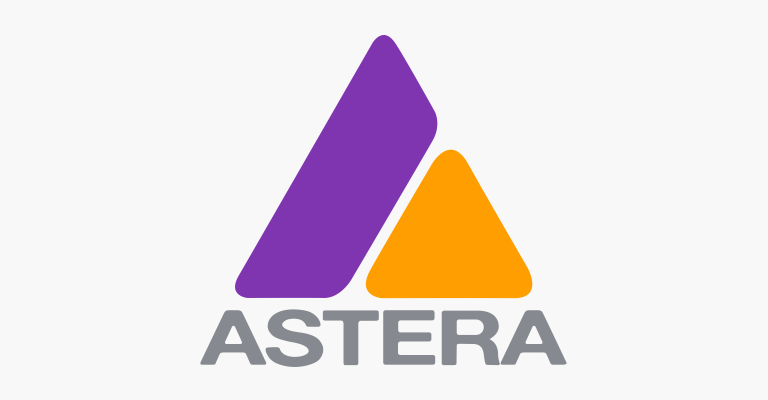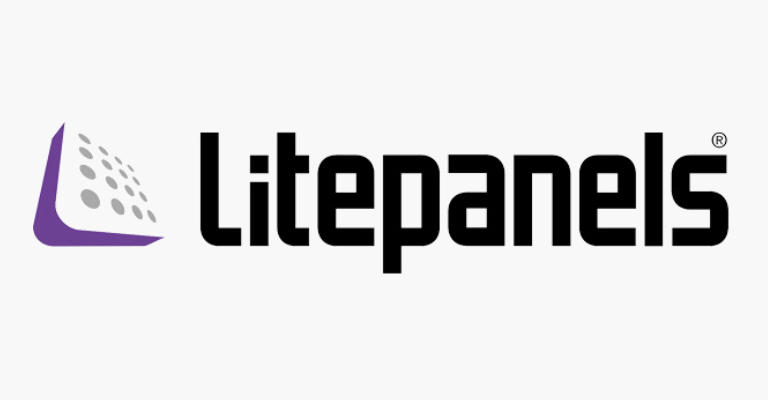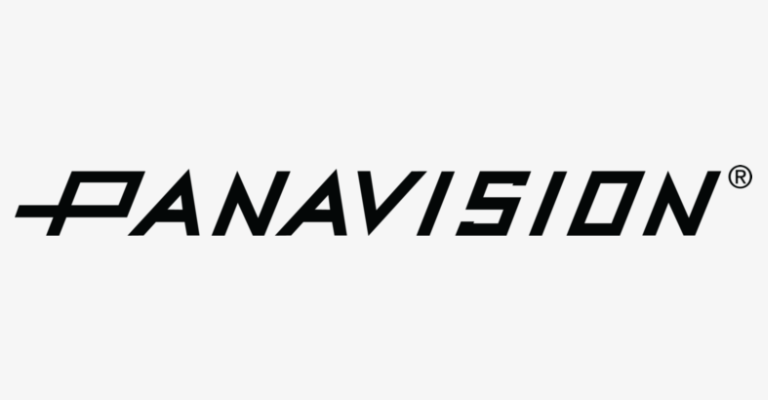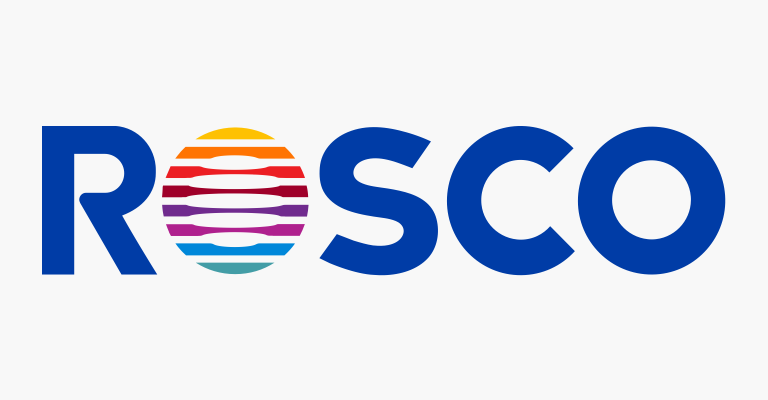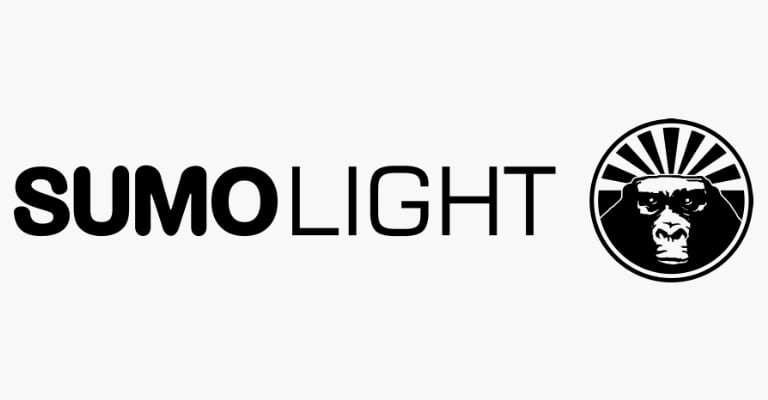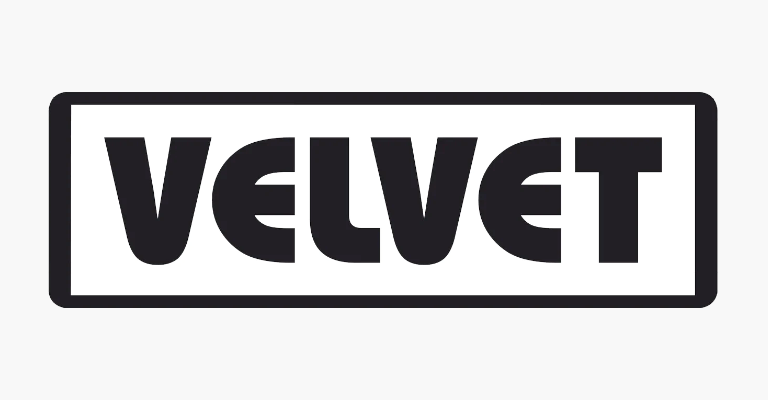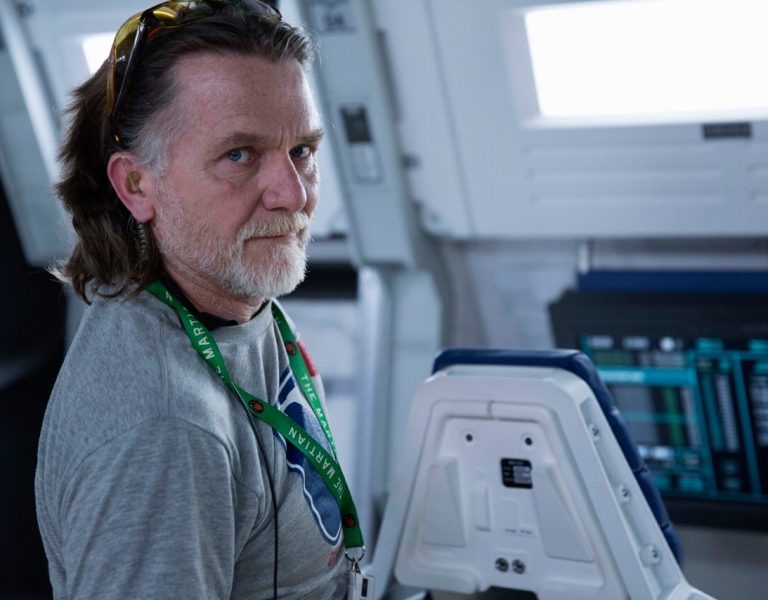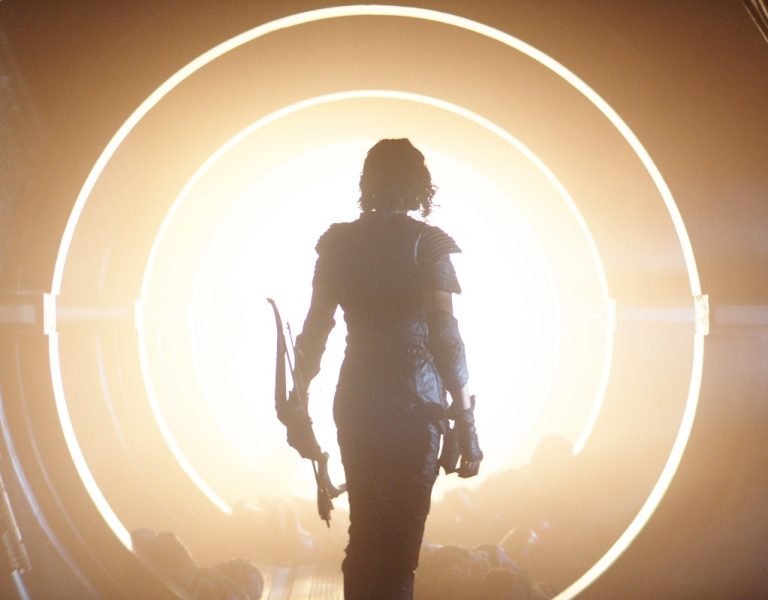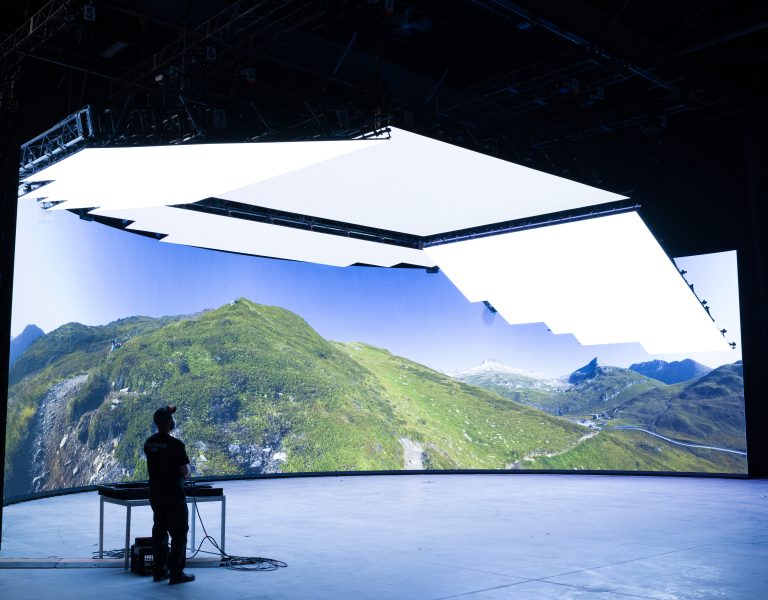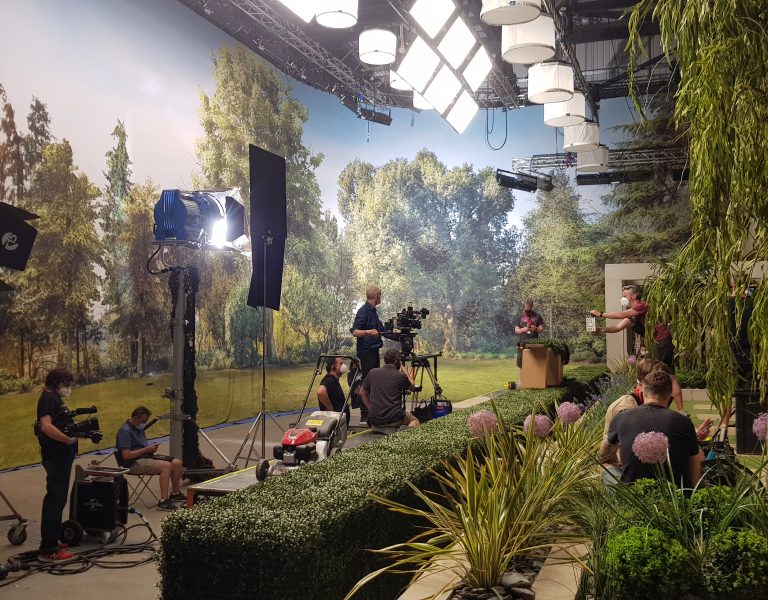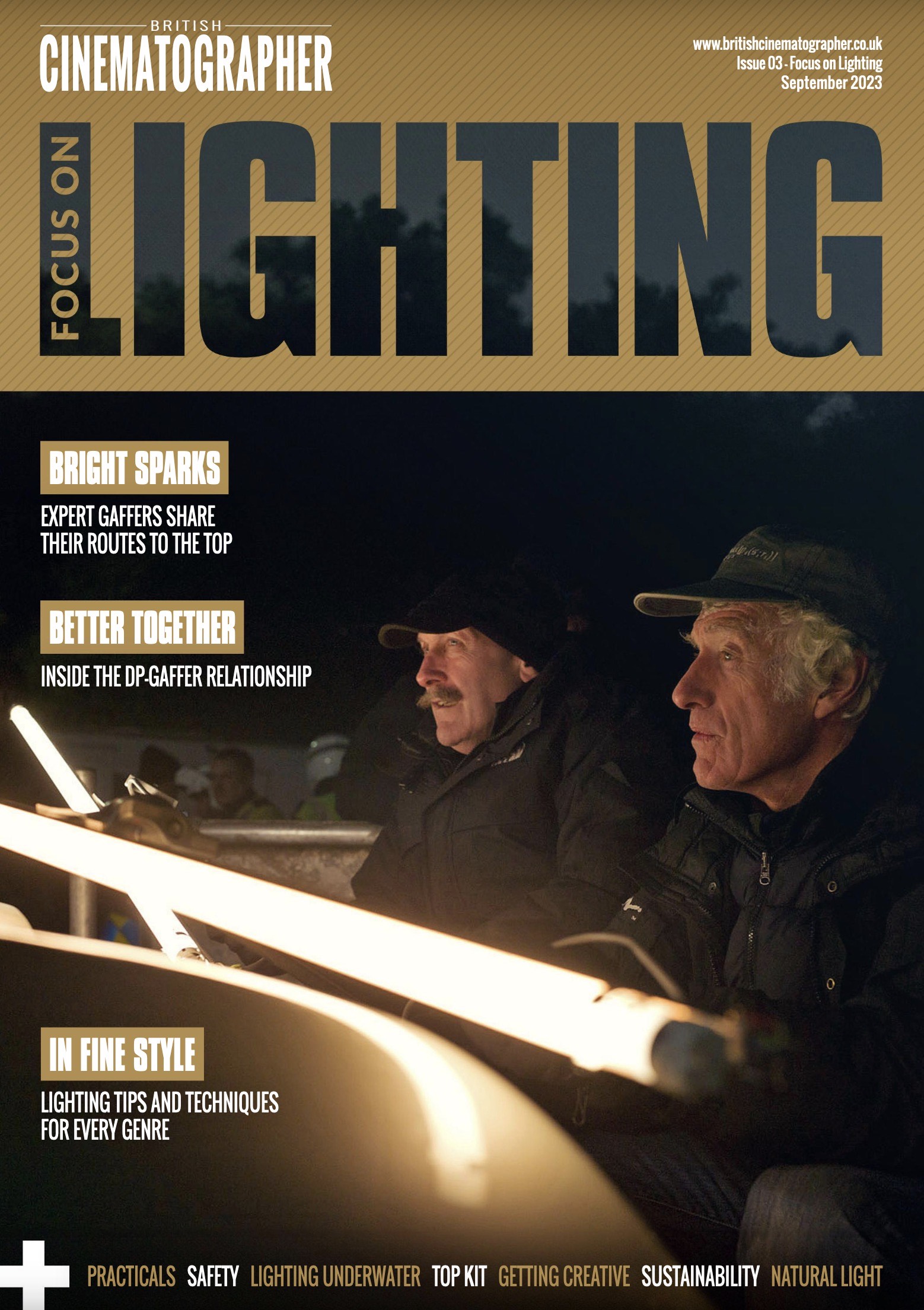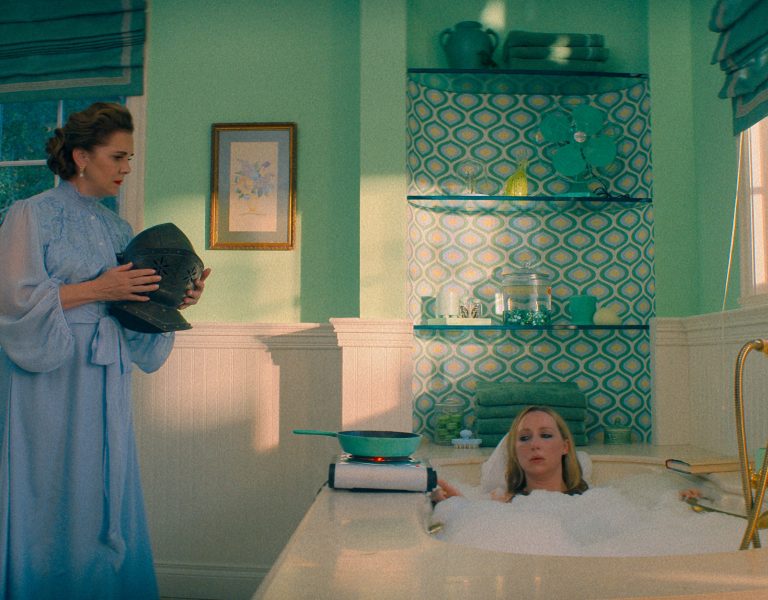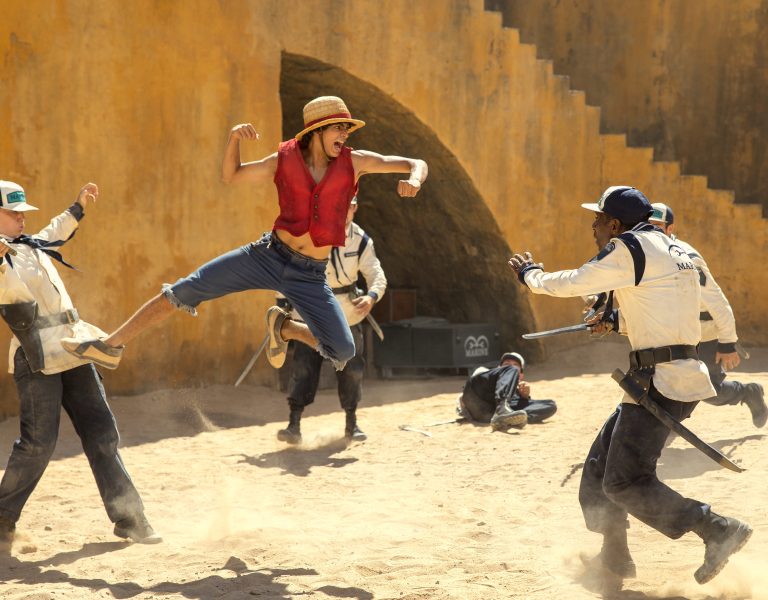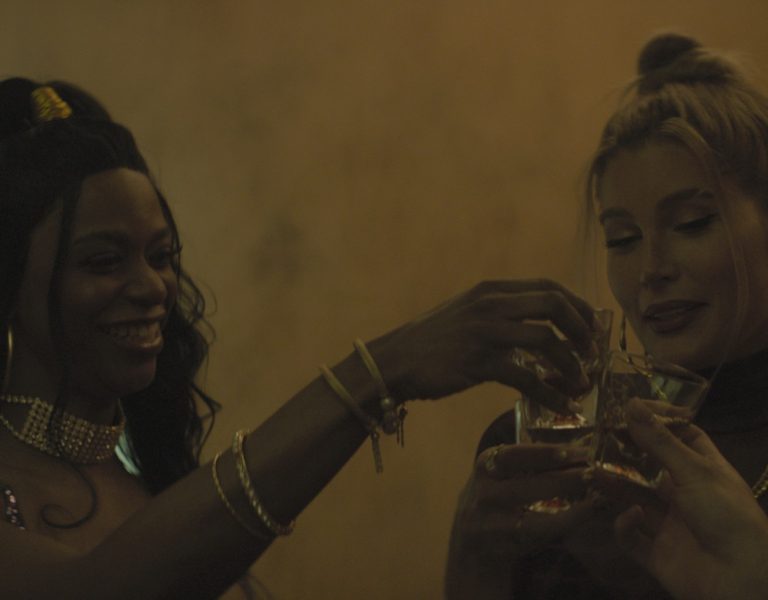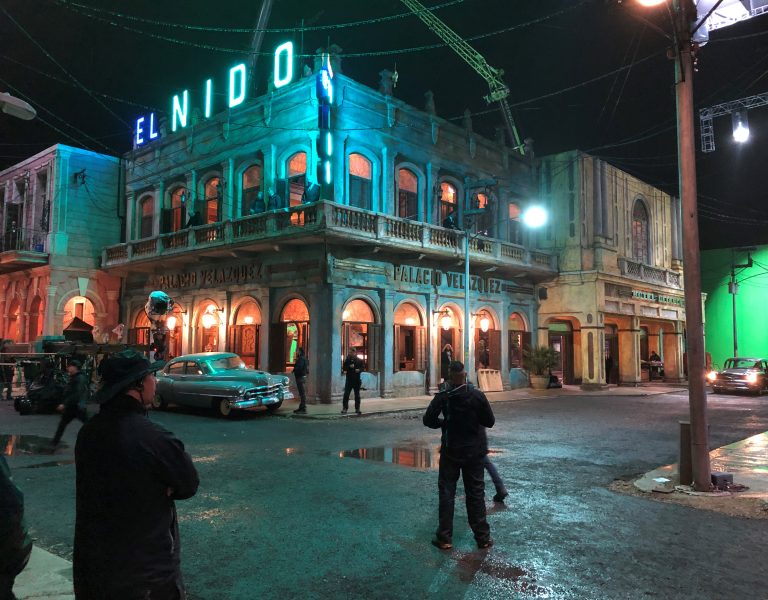The last decade has seen incredible developments in the field of lighting thanks to the constant pursuit of power and sophistication.
When things move as fast as lighting recently has, it’s easy to feel almost ambushed by change. That’s something people feel keenly in an industry which expects them to maintain an intimate familiarity with the tools. It’s easy to form the impression, though, that the pace of change might at least be slackening slightly – and the resulting comparative calm has almost come as a surprise in itself.
Greig Fraser ASC ACS estimates that it’s taken about a decade to get here. “10 years ago, we were still debating whether a production would be film or digital. Now the default setting is digital, unless you’re making a specific choice. But the lighting technology 10 years ago wasn’t really keeping pace; there were LEDs, but they weren’t colour changeable, and maybe they were lower in colour quality.”
Whether or not it’s fair to think of those as entirely solved problems, the watershed for LED lighting seems to have long since passed. For Fraser, the 2016 release Rogue One: A Star Wars Story was a turning point. “I vowed on that film to do the whole film on LEDs. That may seem like a natural thing right now, but on Rogue One we had to fight hard. We had a great relationship with MBS, who wanted to go along for that ride, and they had to go out and purchase lights for that show. For one scene we had to use HMI for power and punch, and that was eight years ago. Now it’s not even a debate.”
For most of those eight years, the inexorable pursuit of power and sophistication have constantly presented the world with newly designed lights, provoking choices which involve a certain amount of risk. “The way I think about it,” Fraser says, “I use different heads the same way we used different film stocks. Back in the day we’d choose a stock depending on how we wanted it to be. Now we use different heads. The SkyPanel was one of the first lights adopted en masse. Digital Sputnik and Creamsource Vortexes have been my go-to lights.”
What makes the choice complicated is the sheer variability of LEDs. Fresnels, and the HMI or tungsten bulbs which drive them, are at least somewhat consistent on both a technical and operational level. LEDs are more – to put it kindly – variegated. Working alongside gaffer Jamie Mills on films including both Dunes, The Batman, Rogue One and Zero Dark Thirty, Fraser takes care to make informed choices. “We’re always doing blind tests to make sure I’m believing what I’m believing for the right reasons. When you don’t have the time, it’s faster and more economical to fall back on what you know, but these blind comparisons don’t take long. You just have to shoot a colour chart, grey card, faces, you rank them… it’s a very simple thing to do.”
The efficiency gains were so prominent for so long that other benefits could sometimes be overlooked, as Fraser reflects. “If we get a core package of lights they can do every set. They can provide daylight, skylight, ambient fill, tungsten fill. They can produce lighting on a blue or green screen. Back in the day you’d get Kino Flos with green tubes and carry a whole ton of those just for the green screen. Now, you can carry fewer heads. I’ve been excited to see what’s coming out recently – the Kino Mimik or Sumolight Sumomax.”
If there’s a caveat to all these practical conveniences, it’s that certain artistic conveniences have perhaps suffered some stigma. “The danger is that it’s going to become a bit less politically correct to pull out some big tungsten lights in the future,” Fraser admits. Even his own much-feted work on The Batman, widely described as embracing an appropriately gothic sort of classical grit, was “primarily Digital Sputnik, and Creamsource Skys. I don’t think we use any other LEDs. We only used tungsten on one scene in the mayor’s memorial where the car comes in and crashes. We used tungsten with blue gel to create that daylight because we couldn’t get enough LED.”
Issues of sheer scale arise frequently in any discussion of modern lighting. Jamie Mills, Fraser’s frequent gaffer, puts it simply. “You’re constantly after a brighter LED, a harder LED which is still not there yet. There are certain things you can’t get. You can’t get the output. Until they invent the 18K-equivalent LED I don’t think you’re going to be able to do certain things in LED. If you want a huge sun source you’re still as good doing it with four Dinos because of the quality that gives you.”
Like Fraser, Mills’ greatest enthusiasm is reserved for the ancillary benefits. “We’re in the best place we’ve ever been with colour control and battery power. Everything going through the desk has progressed massively over the last five to eight years. The speed of filming is tenfold faster than it was 10 years ago, so you probably get less time to light, you need to be prepared a lot more for turning around, having lights pre-rigged to allow you to do that. I think it would be fair to say you’re afforded less time, but technology has helped massively.”
That’s a widely held view, and one which we’ll hear again, though the implications aren’t always straightforward. Mills warns particularly against any assumption that LED is faster to rig. “With an LED, you still have to run power to it and in most cases you have to run DMX to it. You’re running two cables instead of one, and you still need distro. Some of the dimmer packs you don’t need any more, but I think it’s a bit of myth. You want maximum control and maximum time efficiency. It’s a complicated equation, but the cost per day for shooting is huge. Saving 10 minutes here, half an hour here, it soon equates to more shooting time.”
It’s perhaps no surprise that the technology Mills credits with saving the most time is not a light; it’s a way to power that light. “The newest thing that has massively changed how I do things on the floor is battery technology. Rather than have to worry about running feeds into certain places, I just put a 2kW silent battery pack in, and power the light that way. That’s the most recent evolution of our industry – the revolution of battery packs and how they last. They are an invaluable part of my kit. I use them every day.”
Almost inevitably, though, the conversation returns to sheer scale. “On a show we did years ago, we were the first to use the new Creamsource Vortex 8,” Mills recalls. “We clamped lamps together to make one giant Creamsource. There were 64 lights, and each has eight pixels, so we ended up with a light that had 512 pixels. It was huge – it had to go on the front of a telehandler – but it was a great source of light. It was less than a 100K SoftSun but not massively less, and with full colour control, full dimming control. You could use the pixels as a video screen if you need to!”
So recent developments have made things quicker and easier, though Mills confirms there’s little doubt what crews are still pining for. “Super powerful hard LED lights. I mean I would love something that’s an 18K, or something that’s a 10K. That’s still not there. I don’t think anyone’s brought out anything like that.”
–
Words: Phil Rhodes

